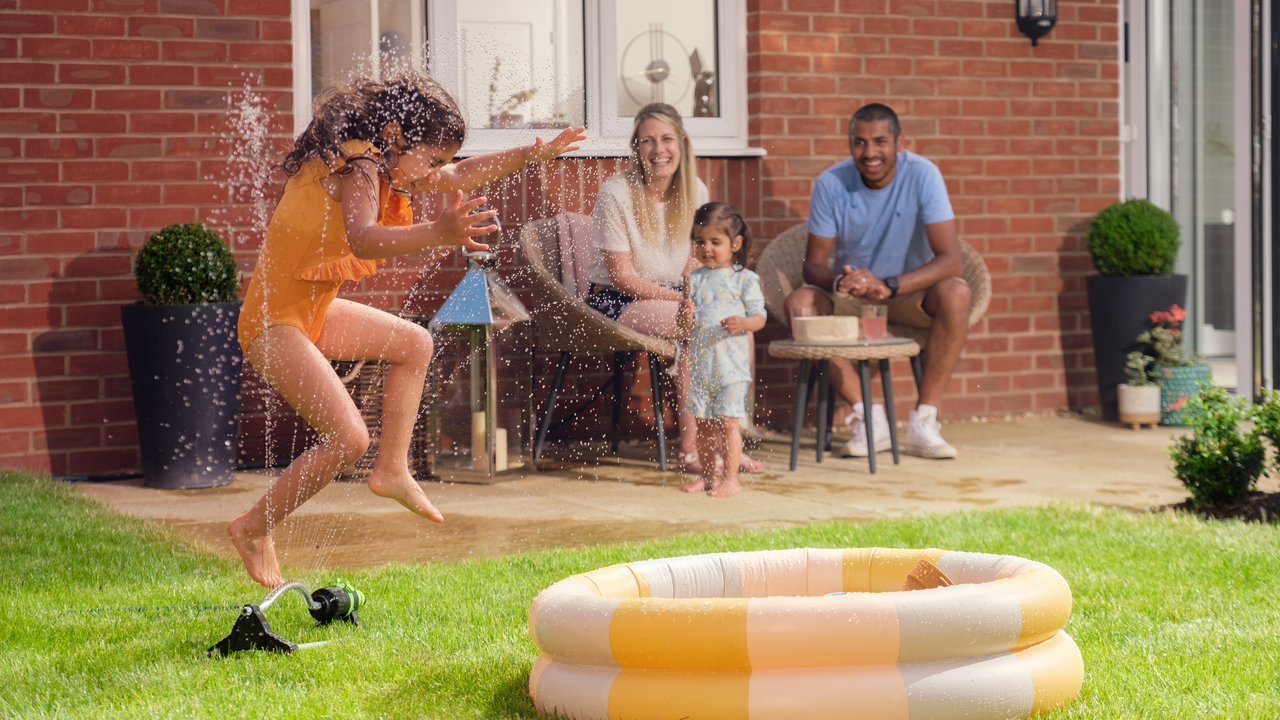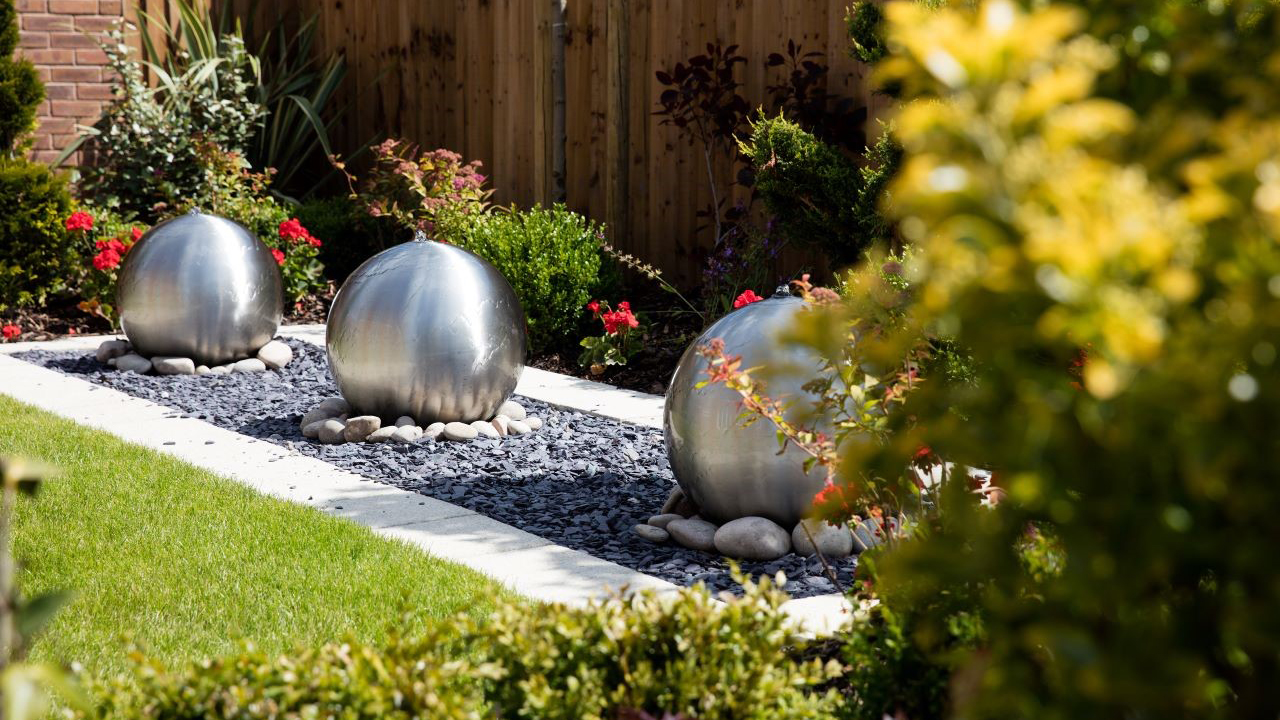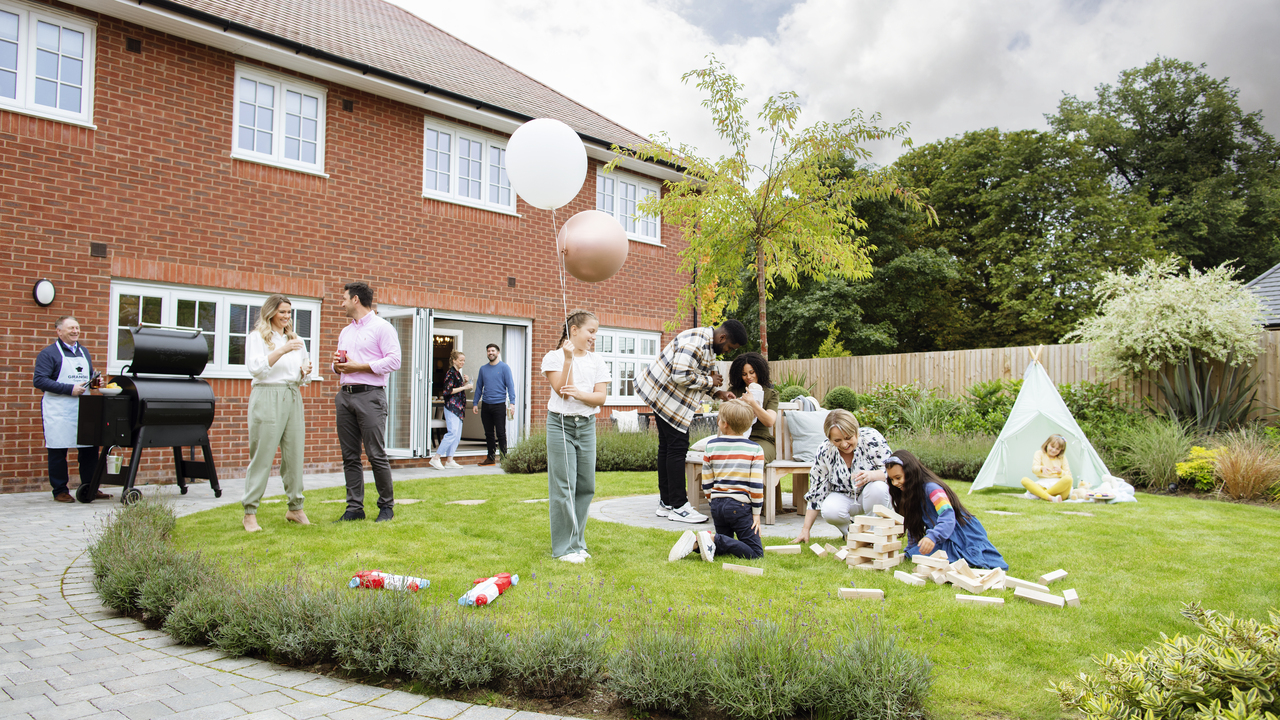Here are some easy tips and ideas for garden safety and making your outdoor area as easy to navigate as possible.
Check for garden trip hazards
The most common garden injuries are falls, so first on the agenda is to check that your patio or decking is in good condition. You might be adding decking or additional patio if you're moving into a new build home, so it's important to make sure it's all installed correctly. For any existing patio, make sure there are no loose paving slabs or slats, or moss which could cause the area to become slippery or create a trip hazard.
Also keep an eye out for hosepipes which have been left unravelled, toys or electric cables left in long grass – all of which might seem innocent at first glance, but can cause older and younger members of the family to lose their footing very easily.

Using electricity safely in the garden
An often-overlooked area of garden safety is the use of electricity.
Most of us think nothing of plugging in an extension cable so that we can use the lawnmower or hedge-trimmer. However, if you’re doing that, it’s important that you use a Residual Current Device (RCD) with any outdoor electrical equipment.
If you don’t already have one built into your fuse box, you can use a plug-in version that you can buy from most DIY stores or online for a few pounds. You’ll need RCD protection for any socket that you might use to plug in a power tool because without one, if you cut through an electrical lead, the resultant shock can lead to serious injury, or worse.
Whilst we’re on the subject of all things electrical, if you’re using outdoor lighting, make sure it’s weatherproof and check it regularly for damaged lighting fittings, cables and connections. If you’re changing any bulbs, make sure the power is turned off first, the same way that you would if you were changing a lightbulb indoors.
Safe garden water features
Next, consider any permanent water features you may have, such as a pond or water fountain, together with temporary items such as paddling pools.

Always remember that even just a few centimetres of water can be dangerous for a crawling baby or very small child, so it’s best to never leave little ones unattended.
It’s also a good idea to fit some form of protective covering over water features, such as a metal or plastic grille or mesh. With paddling pools, the safest way forward is to empty them out each night – safer for your children plus the garden gets some much-needed moisture too!
Making garden furniture safe
Play equipment takes a beating in the summer months as children spend more time outside.
It’s important to give any swings, slides and climbing frames a thorough MOT to ensure that they are secured properly to the ground. Make sure all bolts and fastenings are tight and that there are no signs of rust or wear on any crucial areas. If in doubt, it’s best to replace.
Bear in mind that metal play equipment can get very hot, particularly during the middle of the day, so before you let your little ones outside to frolic do check that any surfaces they are likely to come into contact with won’t burn their delicate skin.
If you are purchasing new items for your new home, try to buy those made of wood or plastic, both of which don’t tend to conduct as much heat.
Finally, barbecues are the perfect way to relax with friends and family, but it’s important to ensure that you never leave a lit barbeque unattended with small children – or four legged friends – around as the flames and delicious smells can lead to curiosity and burns.

Once you’ve finished, always ensure the coals are out and that it’s cooled down sufficiently.
Plastic crockery is always a great idea to avoid glass or china breakages which can then result in accidents, or alternatively try recyclable paper cups and plates – better for the environment and less washing up too!
Want to know how to transform your garden into a functional outdoor living space? Here are 10 garden space ideas to help.



